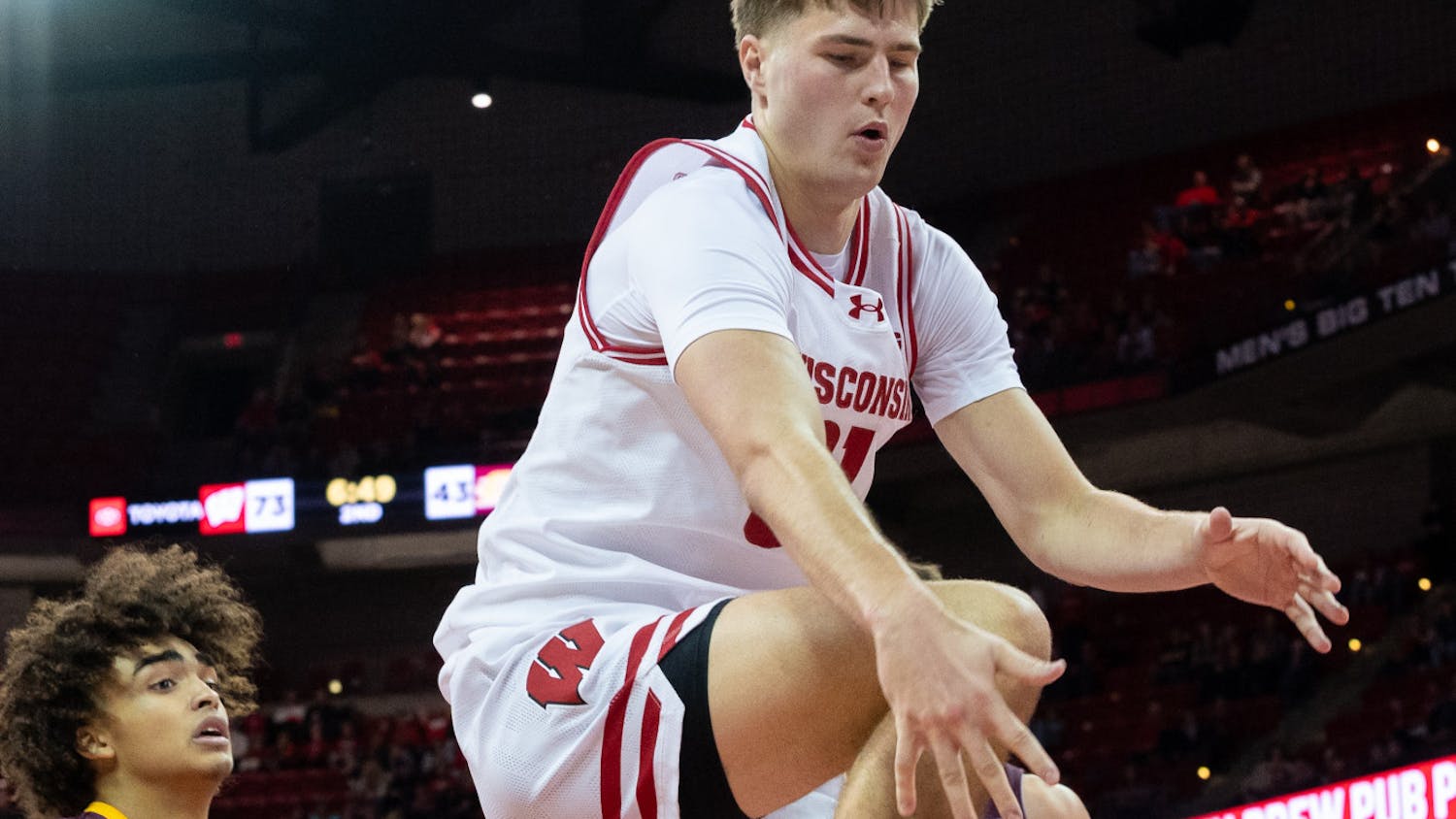Students graduating from UW-Superior this year will be leaving a far different school than the one they applied to. Those students saw at least 20 programs suspended and a number of faculty members laid off since 2013 — and some fear the situation will fail to improve, as UW System special assistance to the university ended this year.
UW-Stevens Point is now facing similar problems. Earlier this month, the university said that amid declining enrollment and in the face of diminished support from the state government, it would eliminate programs, cut staff positions and invest in ways to bring more students to campus.
Some UW campuses have been able to weather the storm of state budget cuts better than others, and both UW-Superior and UW-Stevens Point have struggled. Although both schools are in the northern part of Wisconsin, the state’s most rural region, not all schools there have felt the same impact — UW-Eau Claire, UW-Stout, and UW-River Falls all reported record or near-record enrollment this year.
For UW-Superior, the situation is nothing new. The school faced a $4.5 million shortfall in 2014, partially due to debt from two large building projects. It has trimmed that deficit to roughly $2 million — with significant help from the UW System, which sought to offset state budget cuts and declining enrollment numbers. But earlier this year, that assistance ended, and UW-Superior will need to rely more on tuition from students to fund its programs.
That may prove challenging. Jeremy Nere, the new director of admissions at UW-Superior, said that the high school populations in northern Wisconsin and northern Minnesota, where the university does much of its recruiting, have declined significantly, leading to an enrollment problem.
“We were happily surprised [this year] — we actually were up 3 percent in total headcount. But a lot of that had to do with growth in our online and growth in our graduate programs,” Nere said. “Unfortunately, with that traditional high school student population … it’s declining.”
State budget cuts have impacted UW-Superior’s ability to recruit students, Nere said, and they have weighed just as heavily on UW-Stevens Point, which saw a $2.5 million reduction of state funding in the 2013-15 biennial budget and then a $6.5 million reduction in the 2015-17 budget. That $9 million decrease amounted to a loss of over 25 percent of the school’s state funding.
Those cuts, and the school’s declining enrollment — UW-Stevens Point welcomed its smallest class in almost a decade this fall — contributed to the university’s decision to eliminate programs, likely including its entire Geography and Geology Department.
“Professors are encouraging their students to leave the UW System and go elsewhere if they want those majors,” Peter Ray, a junior at UW-Stevens Point, told The Daily Cardinal.
Despite the challenges both schools face, there are some reasons to be optimistic. The 2017-19 biennial budget, recently signed into law by Gov. Scott Walker, provides for a $100 million increase in funding to the UW System, with the stipulation that a larger portion of the money must go to smaller and less wealthy universities, such as UW-Superior and UW-Stevens Point.
And additionally, both schools’ administrations say they’re working hard to make the tough choices necessary to improve their schools in the long run. UW-Stevens Point Provost Greg Summers said that cutting programs and adding others was a "strategic, forward-looking exercise" as well as a reactionary one.
Summers explained that part of the enrollment problem that UW-Stevens Point is facing is due to a "success story." The school recently changed its graduation requirements, which has allowed more students to graduate on time — the four-year rate has increased from 22 percent to roughly 35 percent, according to Summers.
The flip side of this, of course, is that quicker rates of graduation lower the overall head count at the university, meaning UW-Stevens Point earns less funding from tuition. This, Summers said, is the challenge.
“We had a lot of enrollment bottlenecks … we’ve been addressing those issues really aggressively," Summers said. "But what it means is, the only way to keep our enrollment steady is to increase our incoming class."
At UW-Superior, Chancellor Renee Wachter said earlier this year that after the flurry of program eliminations and staff layoffs over the past few years, she is hopeful that the university will not need to make more cuts, having trimmed the deficit by more than half.
In 2016-17, overall enrollment increased at UW-Superior for the first time in seven years, and the admissions office is working on creative solutions that will keep the UW System’s smallest school from getting any smaller.
“Budget constraints will always impact [recruitment],” Nere said. “We have to get creative with what we’re doing and how we’re marketing … the more we can do that, the better.”
UPDATE Sept 26. 12:47 p.m.: This post was updated to include comments from a UW-Stevens Point administrator.






